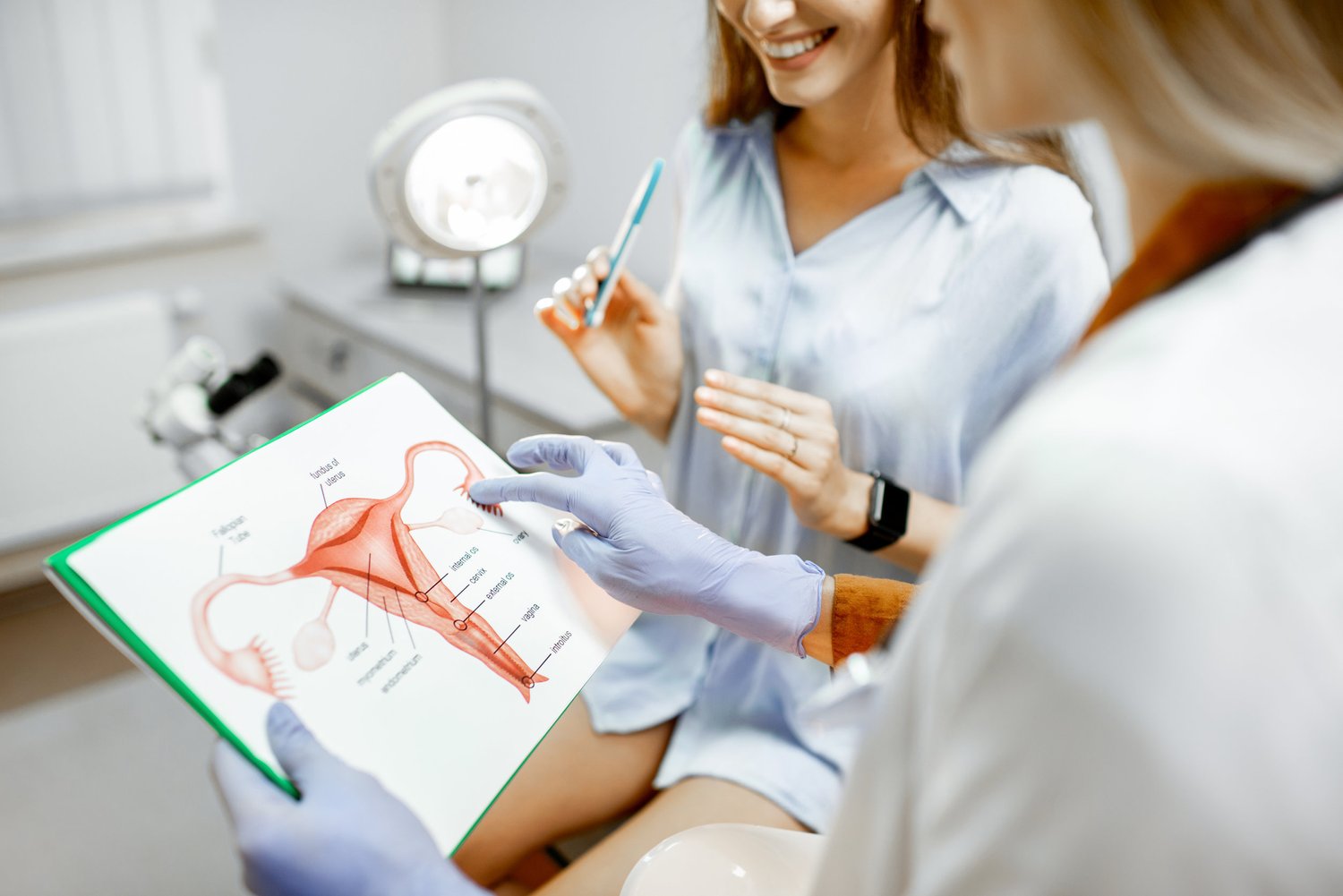In the majority of cases, ovarian cysts develop because of your menstrual cycle—these are known as functional cysts.
Functional Cysts
Ovaries grow cyst-like structures known as follicles each month. Follicles are responsible for producing the hormones estrogen and progesterone and releasing an egg during ovulation.
When a regular monthly follicle continues to grow, it’s known as a functional cyst. There are two types of functional cysts:
-
Follicular cyst. A follicular cyst develops at the midpoint of your menstrual when a follicle doesn’t rupture or release an egg but continues to grow instead.
-
Corpus luteum cyst. At the same time as releasing an egg, a follicle begins producing estrogen and progesterone for conception. Sometimes an accumulation of fluid inside of the follicle causes the corpus luteum to develop into a cyst.
It’s good to remember that while the word cyst has a lot of negative connotations, functional cysts are generally harmless, don’t cause pain, and generally disappear after several months on their own without any intervention.
Other Types of Ovarian Cysts
Different to common functional cysts, these kinds of cysts do carry more risk and are more likely to generate pain and discomfort.
-
Cystadenomas: Cystadenomas cysts grow on the surface of an ovary and are sometimes filled with a watery mucus.
-
Dermoid cysts: Dermoid cysts, sometimes known as teratomas, can contain tissue-like skin, hair, or even teeth. They form embryonic cells and are rarely cancerous.
-
Endometriomas: Endometriomas grow as a result of a condition when uterine endometrial cells grow outside of the uterus (known as endometriosis). These tissues sometimes attach to the ovary and form a cyst-like growth.
It’s always a good idea to be aware of other types of cysts that can develop and lead to complications such as cystadenomas and dermoid cysts which can become large and result in the ovary moving out of position.
Complications Associated with Ovarian Cysts
While complications are rare, you should know about some infrequent complications.
-
Rupture. Ovarian cysts that rupture can result in severe pain and internal bleeding. The larger the cyst grows, the higher the risk of a rupture. Vaginal intercourse and any other pelvic activity can also increase the risk of cyst rupture.
-
Ovarian torsion. Ovarian cysts that enlarge can cause the ovary to move. This increases the risk of your ovary becoming twisted, known as ovarian torsion, which can decrease or stop blood flow to the ovary. If you have any symptoms such as severe pelvic pain, nausea and vomiting, you should go to the emergency room.
While it’s impossible to prevent ovarian cysts, you can ensure that you get a diagnosis as soon as possible.
Stay alert to any changes in your monthly cycle, including any abnormal menstrual symptoms, particularly if they persist for a few cycles. Make sure to talk to your doctor about any changes that worry you.
Schedule Regular Pelvic Exams with MetroPartners OBGYN
Whatever your age, it’s important that you visit your gynecologist for regular pelvic exams. This way, if you do have any cysts or pelvic issues, your gynecologist can catch them in the early stages of development before any complications arise.

